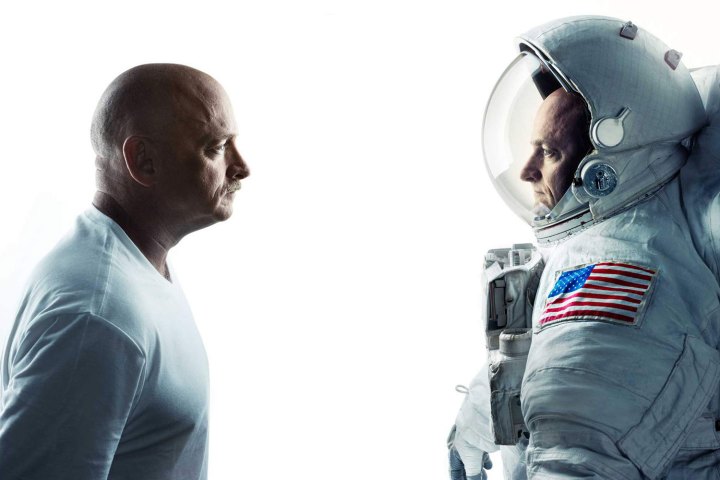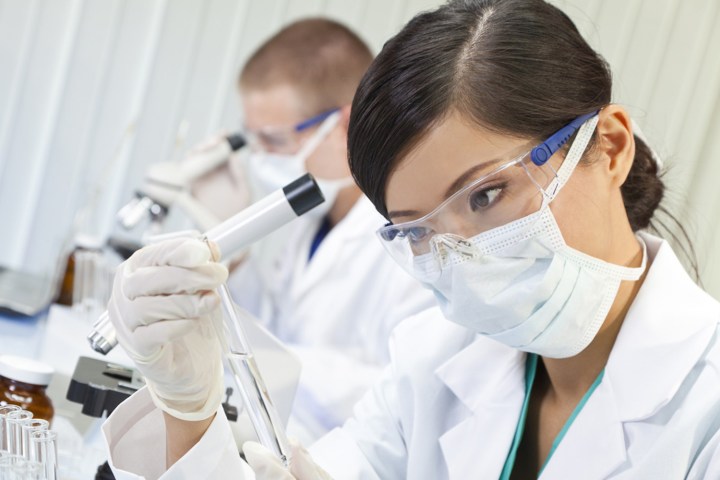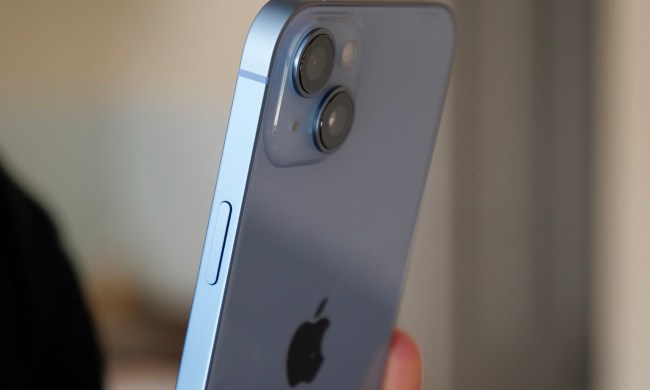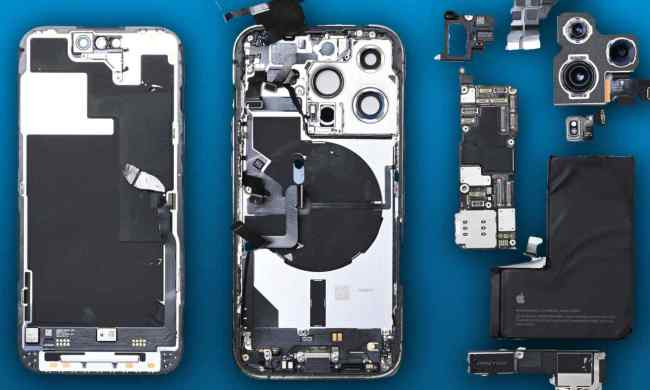
Everything Apple announced at WWDC 2016: iOS 10, WatchOS 3, MacOS, Siri, and more

Apple’s Worldwide Developer Conference (WWDC) marked a big milestone for the company, as iOS reached its 10th iteration. Although iOS 10 and Siri were the stars of the show, WatchOS 3, tvOS, and MacOS had some pretty big updates, too. Although Apple didn’t show off new devices at WWDC, that doesn’t make it any less exciting. The developer conference revealed some key hints about the future of Apple products and presented the company’s vision for its future.
Everything Microsoft announced at E3 2016: Xbox One S, software updates, games

E3 2016 kicked off this week, and Microsoft delivered one of the most exciting, feature-laden showcases in recent memory. Microsoft’s dedication to cross-platform play via the new Xbox Play Anywhere initiative stood out among a veritable smorgasbord of trailers and gameplay demos, and the announcement of two powerful new Xbox One console versions reinforced the company’s support for the game development community.
NASA offers $500K to anyone who can grow lifelike human tissue for space experiments

NASA is offering $500,000 to split between the first three teams that can successfully grow human organ tissue in a laboratory. The agency then hopes to study this tissue in an effort to make deep space travel less harmful to the body and save astronauts from extreme experimentation. It’s a NASA priority to understand astronauts’ physical and mental health while in space – but this can prove difficult as any experimentation puts the subject at risk.
How much would it cost to build the iPhone in the US? MIT crunched the numbers

MIT recently did a study to determine just how much it would cost Apple to build the iPhone in the U.S. rather than in China. In fact, the researchers did two studies — one looking at how much it would cost to only assemble the iPhone in the U.S., and the other looking at how much it would cost to manufacture components and assemble the device in the U.S.
Green is gorgeous in Hazang’s handmade bamboo speakers

Bluetooth speakers have come a long way in a fairly short time, not just technologically speaking but in terms of design as well. You’ll still find plenty of the utilitarian black or gray boxes that abounded during the early days, but more companies are pushing the boundaries, whether it’s the gravity-defying Meizu Gravity or a wooden enclosure instead of the standard plastic.
Starting in 2030, all new cars registered in Germany must have zero emissions

Hammer, dropped. Dismayed that CO2 emissions from motor transport have not dropped in the country since 1990, Germany is taking what some will consider an extreme measure. Others will think it’s about time. As of 2030, all new cars registered in Germany must be emissions free, according to The Globe and Mail. Just to be sure that’s clear, zero emissions will be the rule for all new cars allowed on German roads starting in 2030.
Aliens have probably once existed, according to leading astrophysicists

Some 3,000 planets have been identified outside of our solar system. A whopping 1,284 of those were announced just last month by the team behind the Kepler space telescope. What was once a difficult and uncommon discovery has become something of the norm – new planets seem to pop up regularly. “Improvements in astronomical observation technology have moved us from retail to wholesale planet discovery,” writes University of Rochester professor of astrophysics Adam Frank.
Snap a photo of your meal and this AI-powered startup will tell you how many calories it contains

It’s the dream of any foodie who watches what they eat to be able to snap a photo of their meals and have their phone instantly tell them how many calories they’re about to consume. That’s the mission statement of a new startup called AVA, which promises to do away with the dreary manual logging process of rival healthy-eating apps in favor of an altogether more streamlined process. Using AVA’s “intelligent eating” service, users will simply take a photo of their food, text it to AVA, and then receive health and caloric information in return.
Amazon readying for music streaming battle with new stand-alone service

It’s better late than never for Amazon, which is preparing a new music streaming service to directly compete with products from Apple, Spotify, and Google. Although the online shopping giant currently features a similar offering through Prime Music, Reuters cites information from two inside sources that the new service will have a more “competitive catalog of songs.” The service will have a basic $10 per month tier, matching competitors. Amazon is currently working through deals with labels for the service, which is expected for a late summer or early fall launch.
Boeing’s solar-powered airplane looks ridiculous, but it might just be crazy enough to work

The first solar-powered airplane completed an intercontinental flight four years ago last week. NASA’s Pathfinder made headlines with its pilotless, sustained flights in 2014. Just two months ago, a solar plane made history after it traversed the Pacific Ocean. It may be a slow and steady progression, but the solar-powered airplane race is heating up.


